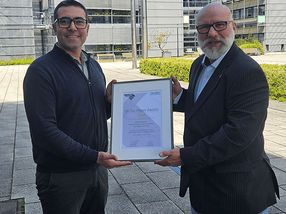New method for sustainable recycling of rare earths from electrolysers
Turning old into new
Hydrogen electrolysis cells contain rare earth metals. Once an electrolysis cell has done its job, the materials used in it currently end up as scrap steel. A research team at TU Bergakademie Freiberg is now investigating how the recyclable materials can be recovered from used electrolysis cells so that they can be used directly for new cells. The researchers are currently publishing their new method in the scientific journal "Journal of Sustainable Metallurgy".
The hydrogen hype makes them sought-after raw materials for the future of energy: so-called rare earth metals such as scandium, lanthanum and cerium. This is because solid oxide electrolysis cells for the production of hydrogen contain around 150 kilograms of rare earth metals per 10 megawatt module. According to the latest results from the team at TU Bergakademie Freiberg, these metals can be recovered from the electrodes of the electrolysis cells using hydrometallurgical processes - and thus reused in the future instead of primary raw materials.
The researchers have already demonstrated their new recycling method in the laboratory: "The results now published were carried out on a small scale of 0.2 grams of cell material per test, but we are already working on transferring the results to a larger laboratory scale of currently up to 50 grams," says researcher Dr Pit Völs.
Environmentally friendly processing of the metals in demand
The team focussed on hydrometallurgical recycling methods, in particular leaching, in which the metal oxides are transferred into an aqueous solution. "To do this, we first mechanically separate the composite of electrodes and solid electrolytes from the steel, which is used as a separating layer and for the electrical contacting of the cells," explains Dr Pit Völs. "We then use acids to leach the rare-earth metals from the electrodes, which we are investigating."
In the further course of the project, the rare-earth metals will then be separated from each other using environmentally friendly chemicals and recycled. The recycling approach developed will also be evaluated using a simulation-based life cycle assessment.
Turning old into new
The results were obtained in the GrInHy3.0 research project together with industry partners. Overall aim is to develop a novel technology for the production of hydrogen in solid oxide electrolysis cells, as the project leader at TU Bergakademie Freiberg, Professor Alexandros Charitos, explains: "The technology will make it possible to return the recycled metals to the material cycle. In the long term, this should minimise the environmental impact of the future waste stream generated during hydrogen production."
The hydrogen production technology will be validated under real operating conditions at the test facilities of the project partners, electrolyser manufacturer Sunfire SE and steel producer Salzgitter Flachstahl GmbH, over the next three years. The plant is expected to produce 14 kilograms of hydrogen per hour in the future.
Original publication
Most read news
Other news from the department science

Get the chemical industry in your inbox
By submitting this form you agree that LUMITOS AG will send you the newsletter(s) selected above by email. Your data will not be passed on to third parties. Your data will be stored and processed in accordance with our data protection regulations. LUMITOS may contact you by email for the purpose of advertising or market and opinion surveys. You can revoke your consent at any time without giving reasons to LUMITOS AG, Ernst-Augustin-Str. 2, 12489 Berlin, Germany or by e-mail at revoke@lumitos.com with effect for the future. In addition, each email contains a link to unsubscribe from the corresponding newsletter.
Most read news
More news from our other portals
Last viewed contents
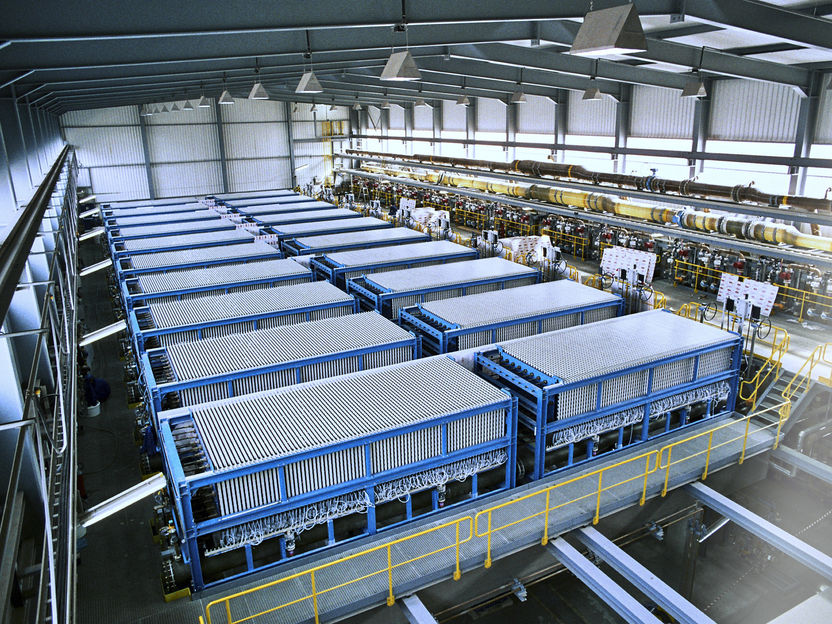
Air Products and thyssenkrupp Sign Exclusive Strategic Cooperation Agreement - World-Scale Electrolysis Plants to Generate Green Hydrogen
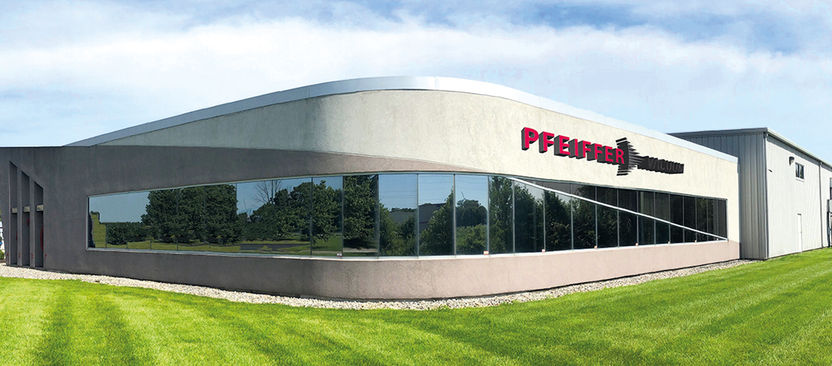
Pfeiffer Vacuum Opens New Leak Detection and Vacuum Technology Facility in Indianapolis, Indiana
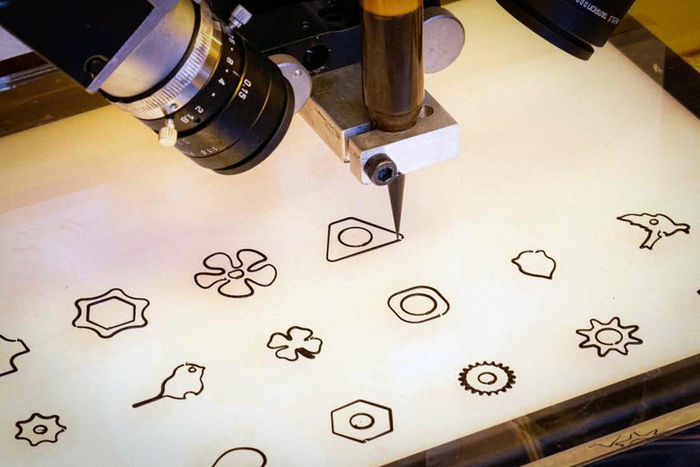
Using artificial intelligence to control digital manufacturing - Researchers train a machine-learning model to monitor and adjust the 3D printing process to correct errors in real-time
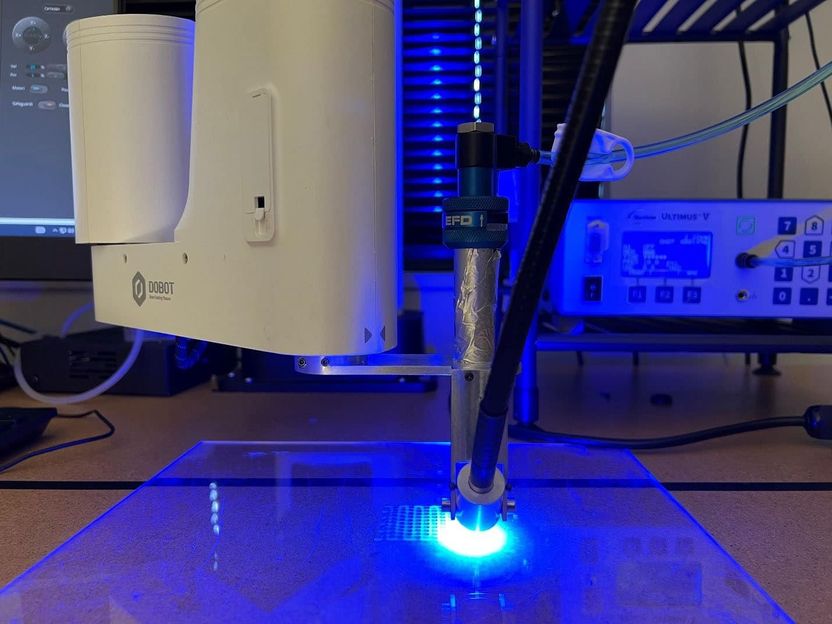
You can make carbon dioxide filters with a 3D printer
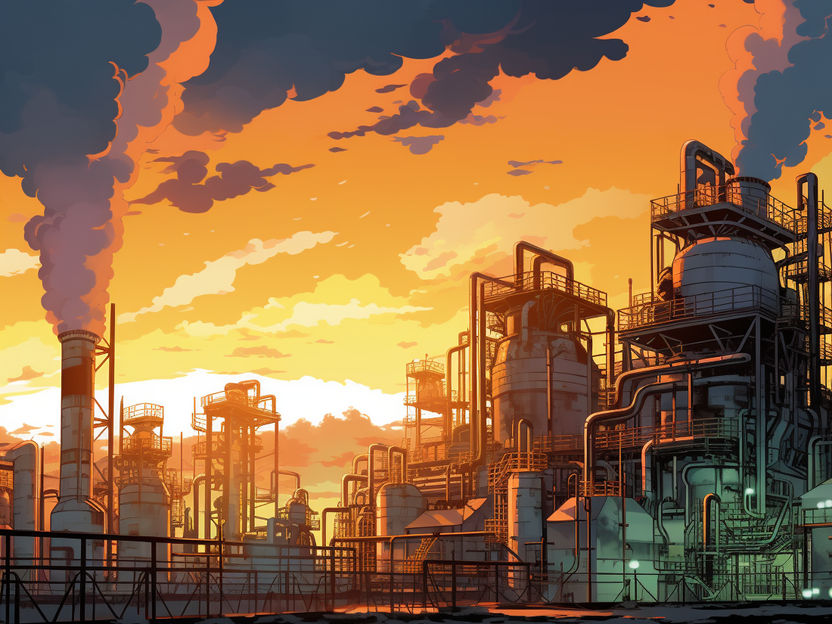
Carbon capture method plucks CO2 straight from the air - Using humidity-powered technology, researchers found several new ions that facilitate low-energy carbon sequestration

Climeworks and Svante collaborate in development and supply for direct air capture - Both companies agree to collaborate on three major CO₂ removal projects

Chameleons inspire new multicolor 3D-printing technology - Researchers developed a sustainable technique to 3D print multiple dynamic colors from a single ink

New topological metamaterial amplifies sound waves exponentially
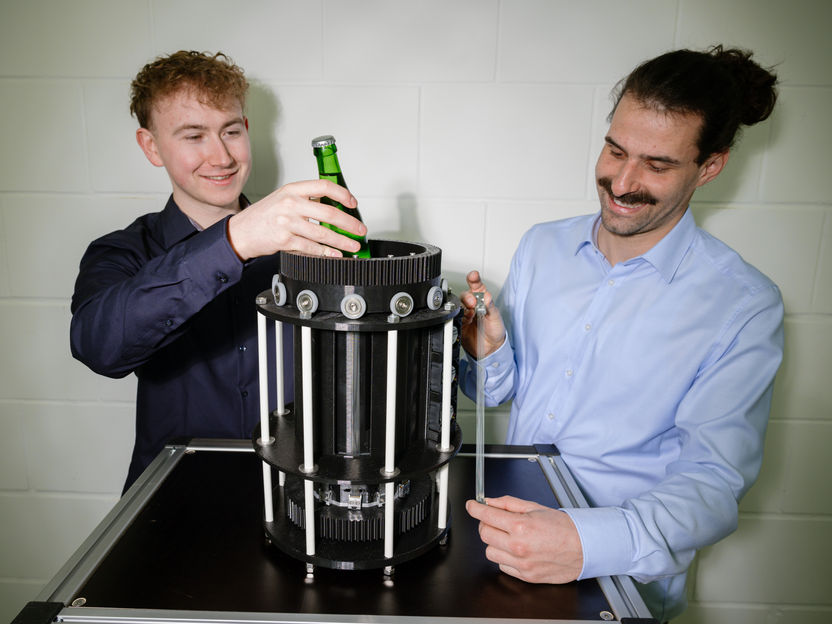
Refrigerator cools by flexing artificial muscles - The new technology is based on an incredibly simple principle
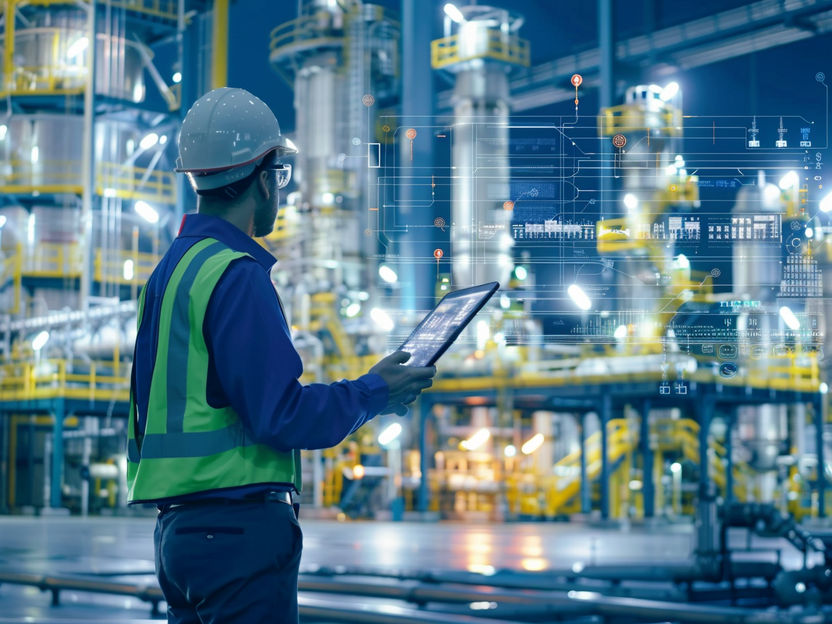
New Edge AI solutions for intelligent sensors to help predict and maintain industrial systems - Fraunhofer IPMS develops an intelligent demonstrator for the predictive maintenance of industrial plants
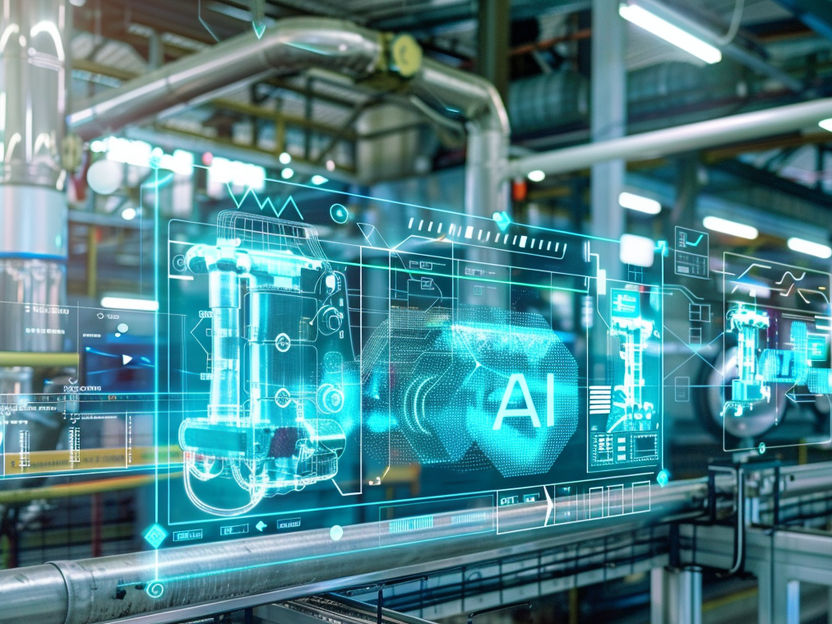
Simply configure: GenISys brings generative AI to plant engineering


















